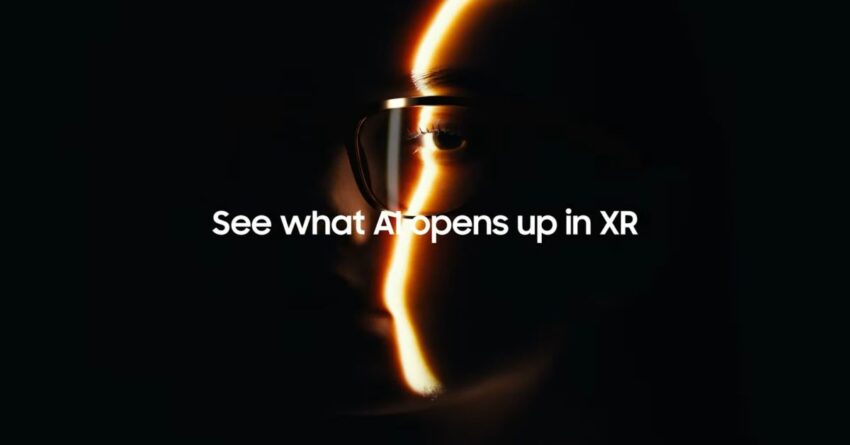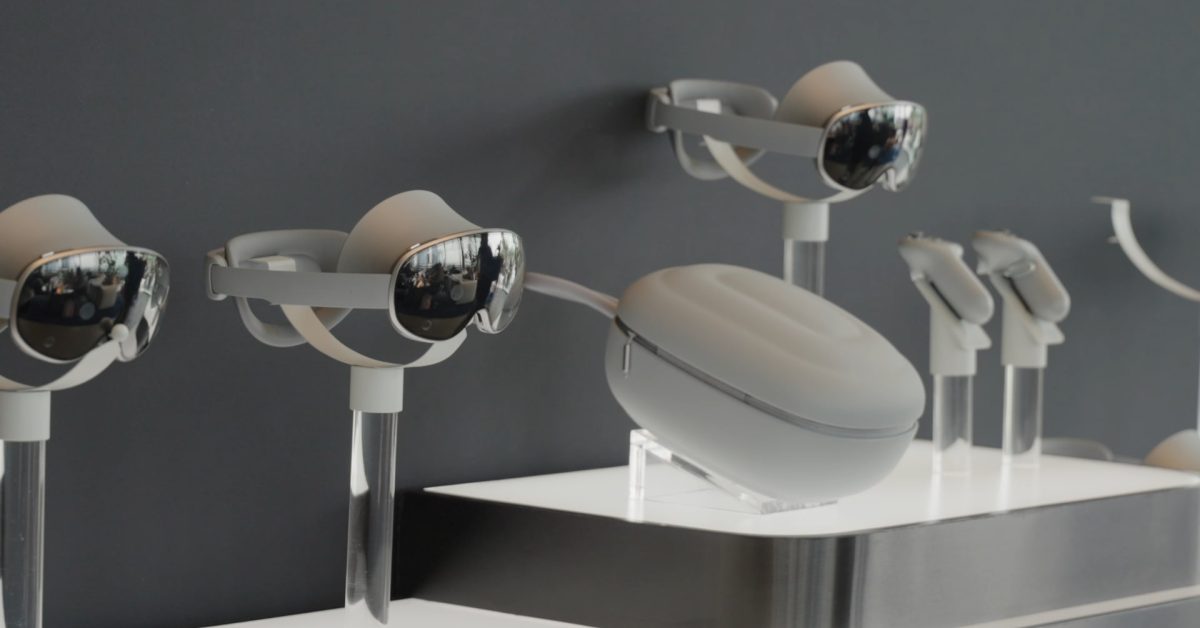
samsung teases android xr glasses with new Samsung has unveiled plans for new Android XR glasses, signaling its commitment to expanding into the realm of extended reality technologies.
samsung teases android xr glasses with new
Introduction to Android XR Glasses
During a recent event, Samsung showcased its latest innovations in the field of extended reality (XR), including a teaser for glasses powered by Android XR. This announcement comes as part of a broader strategy to explore various XR form factors, which encompass augmented reality (AR), virtual reality (VR), and mixed reality (MR). The introduction of these glasses represents a significant step for Samsung as it seeks to establish a foothold in the rapidly evolving XR market.
Understanding Extended Reality
Extended reality is an umbrella term that refers to immersive technologies that blend the physical and digital worlds. XR encompasses several categories:
- Virtual Reality (VR): A fully immersive experience where users are placed in a completely virtual environment.
- Augmented Reality (AR): Overlays digital content onto the real world, enhancing the user’s perception of their environment.
- Mixed Reality (MR): Combines elements of both AR and VR, allowing for interaction between physical and digital objects in real time.
As the lines between these technologies blur, companies like Samsung are investing heavily to capture market share and innovate within this space.
Samsung’s Strategic Partnerships
In conjunction with the announcement of the Android XR glasses, Samsung revealed new partnerships aimed at enhancing the functionality and appeal of its XR offerings. These collaborations are expected to leverage the strengths of various stakeholders in the tech ecosystem, including software developers, hardware manufacturers, and content creators.
Collaborations with Software Developers
Samsung has been actively seeking partnerships with software developers who specialize in XR applications. By collaborating with these experts, Samsung aims to create a robust ecosystem of applications that can run seamlessly on its Android XR platform. This approach not only enhances the user experience but also ensures that the glasses will have a diverse range of content available upon launch.
Hardware Partnerships
In addition to software collaborations, Samsung is also working with hardware manufacturers to ensure that the Android XR glasses are equipped with cutting-edge technology. This includes advancements in display technology, battery life, and processing power. By integrating high-quality components, Samsung aims to deliver a product that meets the expectations of consumers who are increasingly demanding in terms of performance and usability.
Market Implications of Samsung’s XR Glasses
The introduction of Android XR glasses by Samsung is poised to have significant implications for the XR market. As one of the leading technology companies globally, Samsung’s entry into this space could accelerate the adoption of XR technologies among consumers and businesses alike.
Consumer Adoption
Consumer interest in XR technologies has been on the rise, driven by advancements in hardware and software. Samsung’s reputation for quality and innovation may encourage more consumers to explore XR experiences, particularly if the glasses are competitively priced and offer unique features. The availability of a wide range of applications will also play a crucial role in attracting users.
Impact on Competitors
Samsung’s move into the XR space may prompt competitors to accelerate their own development efforts. Companies like Apple, Google, and Meta have already made significant investments in XR technologies. Samsung’s entry could lead to increased competition, which may ultimately benefit consumers through improved products and services.
Potential Use Cases for Android XR Glasses
The potential applications for Samsung’s Android XR glasses are vast and varied. Here are some key use cases that could emerge:
- Gaming: XR glasses could revolutionize the gaming experience by providing immersive environments that blend the real world with digital elements.
- Education: Educational institutions could utilize XR glasses for interactive learning experiences, allowing students to engage with content in new and exciting ways.
- Healthcare: Medical professionals could use XR for training simulations or to visualize complex procedures, enhancing their skills and knowledge.
- Retail: Retailers could implement AR features to allow customers to visualize products in their own space before making a purchase.
Challenges Ahead
While the prospects for Samsung’s Android XR glasses are promising, there are several challenges that the company will need to navigate:
Technical Challenges
Developing XR glasses that are both lightweight and powerful is a significant technical challenge. Users expect devices that are comfortable to wear for extended periods while still delivering high-quality visuals and performance. Achieving this balance will require significant research and development.
Market Competition
The XR market is becoming increasingly crowded, with numerous players vying for dominance. Samsung will need to differentiate its product from competitors and offer unique features that resonate with consumers. This may involve innovative design, exclusive content, or enhanced functionality.
Consumer Education
As with any emerging technology, consumer education will be crucial for the successful adoption of Samsung’s XR glasses. Many potential users may not fully understand the capabilities and benefits of XR technologies. Samsung will need to invest in marketing and educational initiatives to raise awareness and demonstrate the value of its products.
Conclusion
Samsung’s announcement of Android XR glasses marks a significant development in the company’s strategy to engage with the extended reality market. By leveraging strategic partnerships and focusing on innovative applications, Samsung aims to position itself as a leader in this burgeoning field. The potential use cases for XR technologies are vast, and as the market continues to evolve, Samsung’s entry could play a pivotal role in shaping the future of how we interact with digital content. However, the company must navigate various challenges, including technical hurdles and market competition, to realize its vision. As the XR landscape continues to develop, all eyes will be on Samsung to see how it executes its plans and what impact it will have on the industry.
Source: Original report
Was this helpful?
Last Modified: October 22, 2025 at 1:38 pm
2 views















